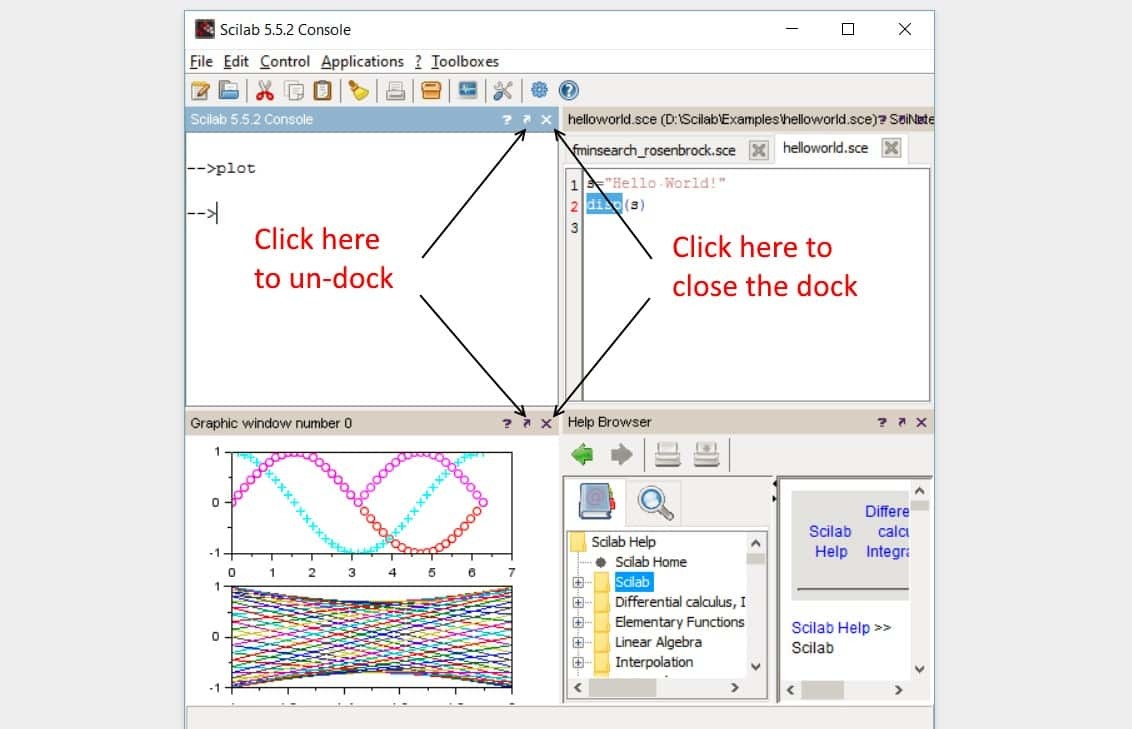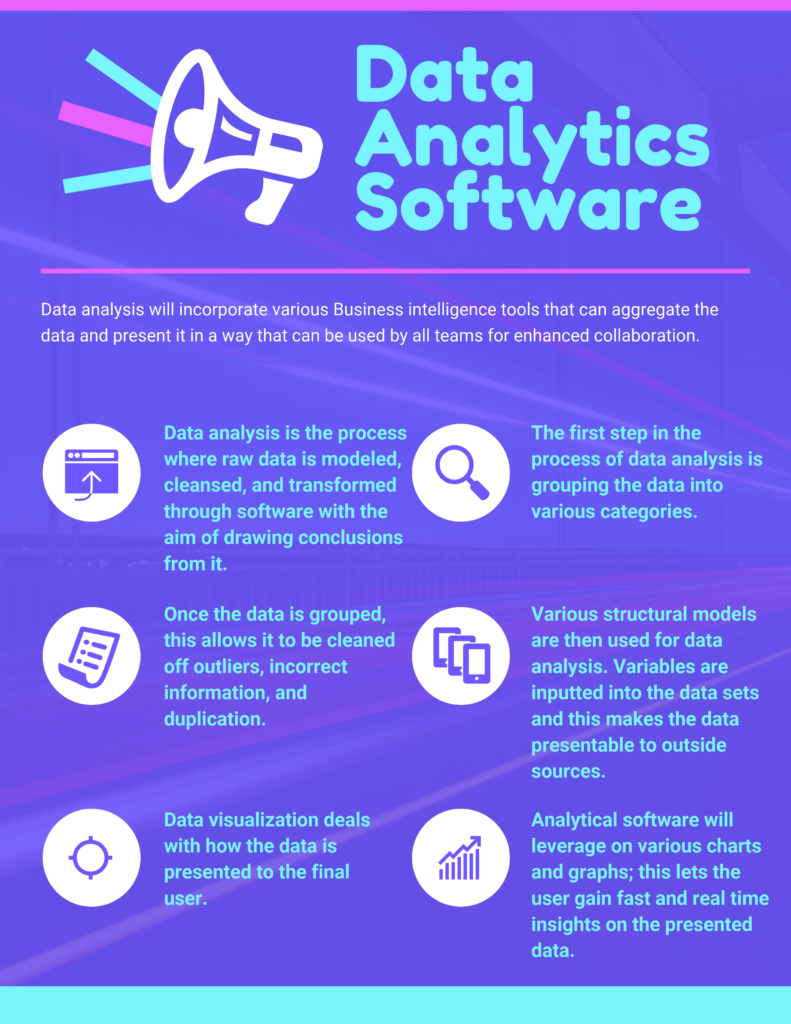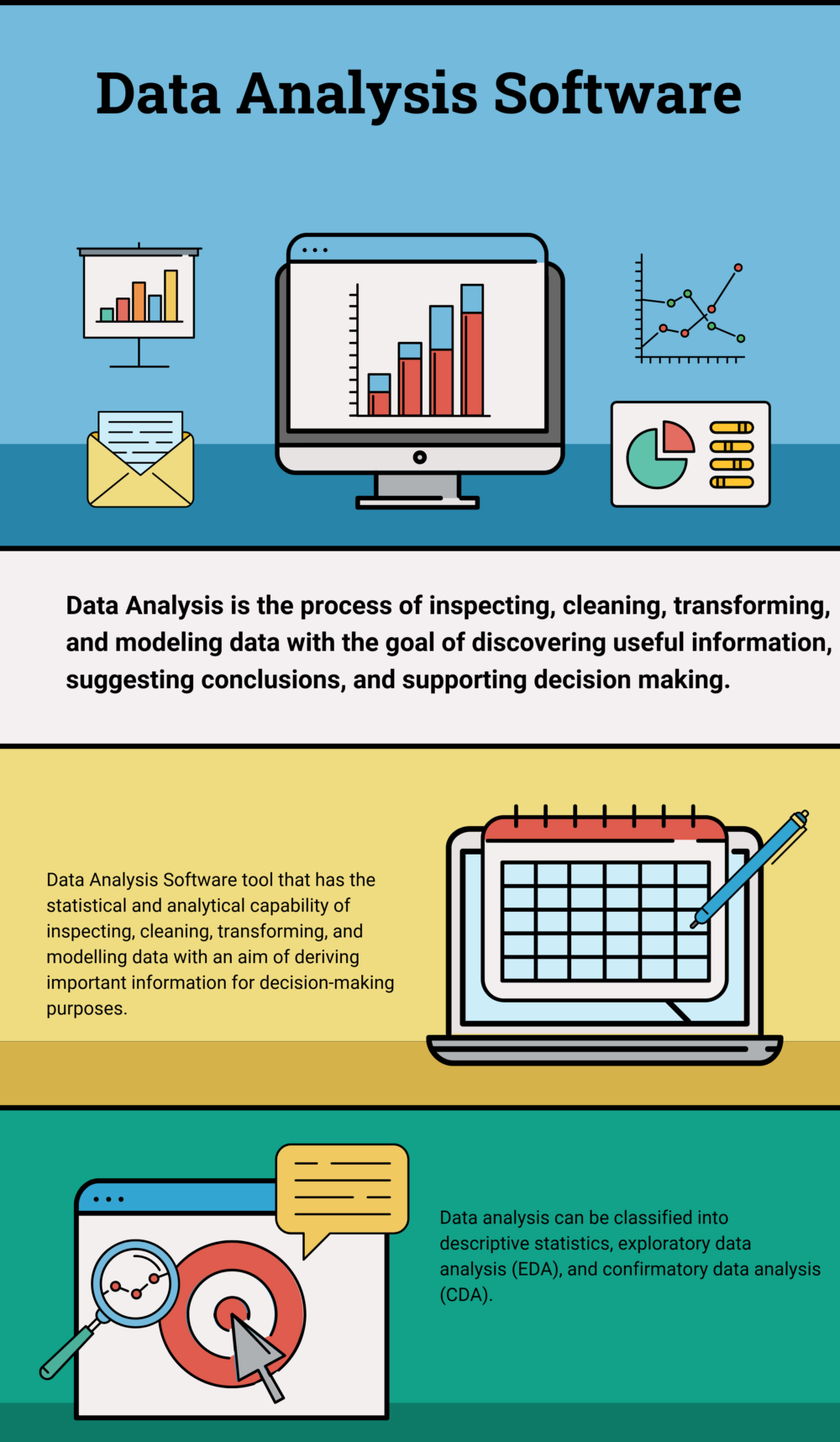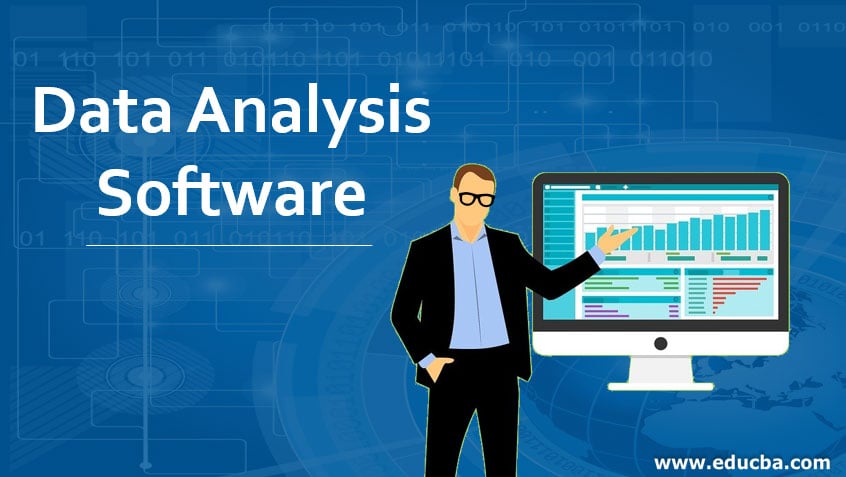Data analysis software has revolutionized how businesses and organizations understand their information. In today’s data-driven world, the ability to effectively collect, process, and interpret data is no longer a luxury – it’s a necessity for survival and growth. Choosing the right data analysis software can be a daunting task, with numerous options available. This article will explore the key features, benefits, and considerations when selecting and implementing data analysis software to unlock valuable insights. At the heart of this discussion lies the critical role of data analysis software, empowering users to transform raw data into actionable intelligence.

Understanding the Growing Importance of Data Analysis

The sheer volume of data generated daily is staggering. From customer transactions and website activity to sensor readings and social media engagement, organizations are collecting more information than ever before. However, simply collecting data isn’t enough. Without the tools and expertise to analyze it, organizations risk missing critical trends, making poor decisions, and ultimately, falling behind. Data analysis software provides the infrastructure and capabilities to address this challenge, enabling businesses to move beyond simply collecting data and into a position of informed decision-making. The shift towards data-driven strategies is no longer a trend; it’s a fundamental requirement for success.

Different Types of Data Analysis Software
The market for data analysis software is incredibly diverse, catering to a wide range of needs and budgets. Here’s a breakdown of some of the most popular categories:

- Spreadsheet Software (Excel, Google Sheets): These are often the first tools that come to mind when discussing data analysis. They are readily accessible and suitable for basic analysis and reporting. However, they can become cumbersome for large datasets and complex calculations.
- Business Intelligence (BI) Tools (Tableau, Power BI, Qlik Sense): BI tools are designed specifically for visualizing and exploring data. They offer interactive dashboards, data modeling capabilities, and advanced reporting features. They are particularly popular for large enterprises.
- Statistical Software (R, Python with Pandas/NumPy): For those with a strong statistical background, R and Python offer unparalleled flexibility and control over data analysis. These languages are widely used in academia and research, but also increasingly adopted by businesses.
- Cloud-Based Data Analysis Platforms (Google Cloud, Amazon Web Services, Microsoft Azure): These platforms provide scalable and accessible data analysis services, often integrating with other cloud-based tools. They are ideal for organizations that need to handle large datasets and complex analytics.
- Specialized Data Analysis Tools (SAS, SPSS): These tools are often used in industries like finance, healthcare, and marketing, offering specialized features for specific analytical tasks.
Selecting the Right Data Analysis Software for Your Needs
Choosing the right data analysis software depends heavily on your specific requirements. Consider the following factors:

- Data Volume: How much data do you need to analyze? Simple spreadsheets may suffice for small datasets, while large datasets require robust solutions.
- Data Complexity: Are your analyses basic reporting or require advanced statistical modeling?
- Technical Expertise: Do you have a team of data scientists or analysts who are comfortable with programming languages like R or Python?
- Budget: Data analysis software can range in price from free to hundreds of thousands of dollars per year.
- Integration: Does the software need to integrate with existing systems, such as CRM or ERP?
Benefits of Implementing Data Analysis Software
The benefits of adopting data analysis software are numerous and can significantly impact an organization's bottom line. Some key advantages include:

- Improved Decision-Making: Data-driven insights lead to more informed and effective decisions.
- Increased Efficiency: Automation of data collection and analysis frees up valuable time and resources.
- Enhanced Customer Understanding: Gain a deeper understanding of customer behavior and preferences.
- Operational Optimization: Identify bottlenecks and inefficiencies in business processes.
- Competitive Advantage: Gain a competitive edge by identifying new opportunities and responding quickly to market changes.
- Predictive Analytics: Utilize historical data to forecast future trends and outcomes.
The Role of Data Visualization in Data Analysis
A crucial aspect of effective data analysis is the ability to visualize data. Data visualization tools transform raw data into charts, graphs, and maps, making it easier to identify patterns, trends, and outliers. Choosing the right visualization type is critical for communicating insights effectively. For example, a bar chart is ideal for comparing values, while a scatter plot is useful for showing relationships between variables. Interactive dashboards allow users to drill down into data and explore it in more detail.

Key Data Analysis Techniques
Beyond simply collecting and visualizing data, several key techniques are employed to extract meaningful insights:

- Descriptive Analytics: Summarizes and describes historical data.
- Diagnostic Analytics: Investigates why something happened.
- Predictive Analytics: Uses statistical models to forecast future outcomes.
- Prescriptive Analytics: Recommends actions to optimize outcomes.
Challenges and Considerations in Data Analysis
While data analysis software offers tremendous potential, there are also challenges to consider:
.webp)
- Data Quality: Garbage in, garbage out. Poor data quality can lead to inaccurate insights.
- Data Security: Protecting sensitive data is paramount.
- Data Privacy: Complying with data privacy regulations (e.g., GDPR, CCPA) is essential.
- Skills Gap: Finding and retaining skilled data analysts can be challenging.
- Change Management: Implementing new data analysis tools often requires significant organizational change.
Conclusion
Data analysis software is no longer a niche technology; it’s a fundamental requirement for organizations seeking to thrive in today’s data-driven world. By leveraging the right tools and techniques, businesses can unlock valuable insights, improve decision-making, and gain a significant competitive advantage. The future of business relies heavily on the ability to effectively analyze and interpret data, and data analysis software is the key to achieving this goal. As technology continues to evolve, so too will the capabilities and applications of data analysis software, promising even more transformative opportunities for organizations across all industries. Investing in the right tools and training is an investment in the future success of your business.
